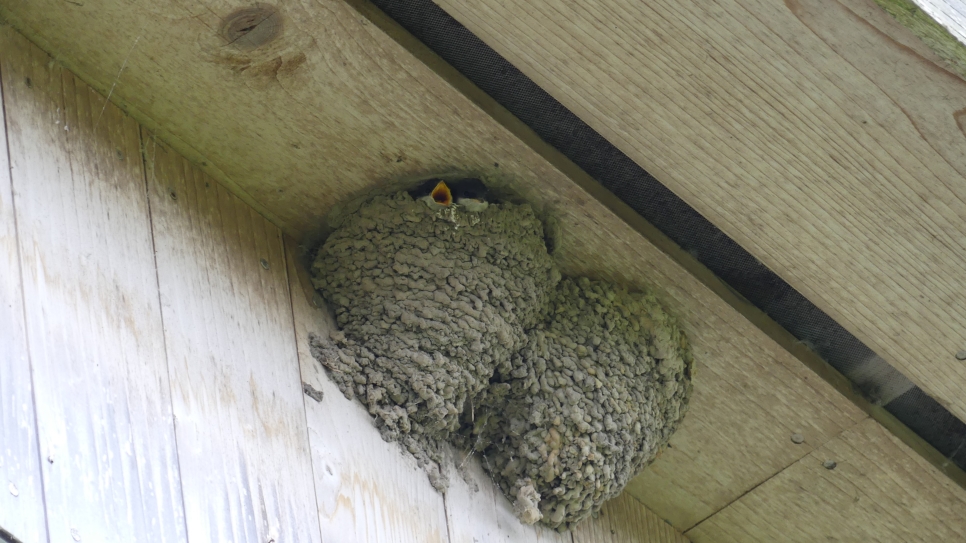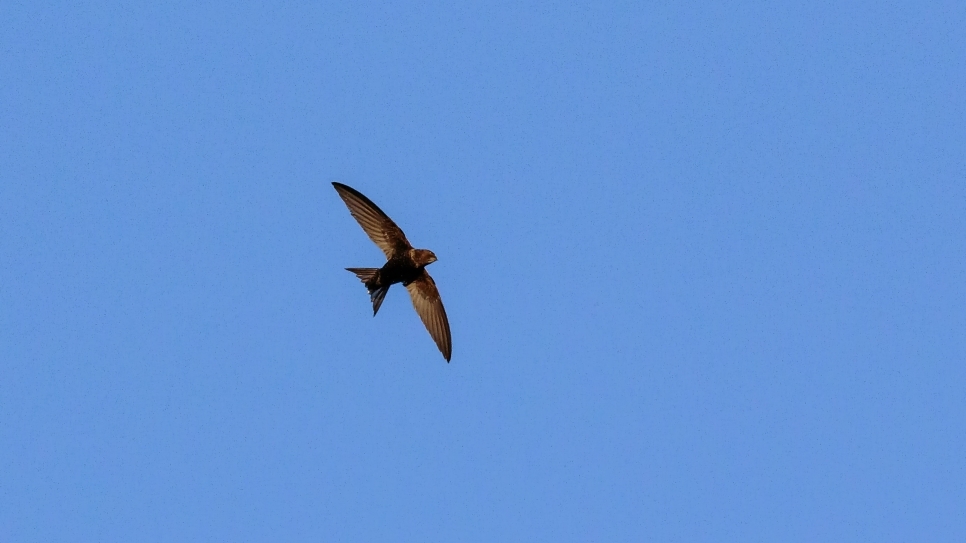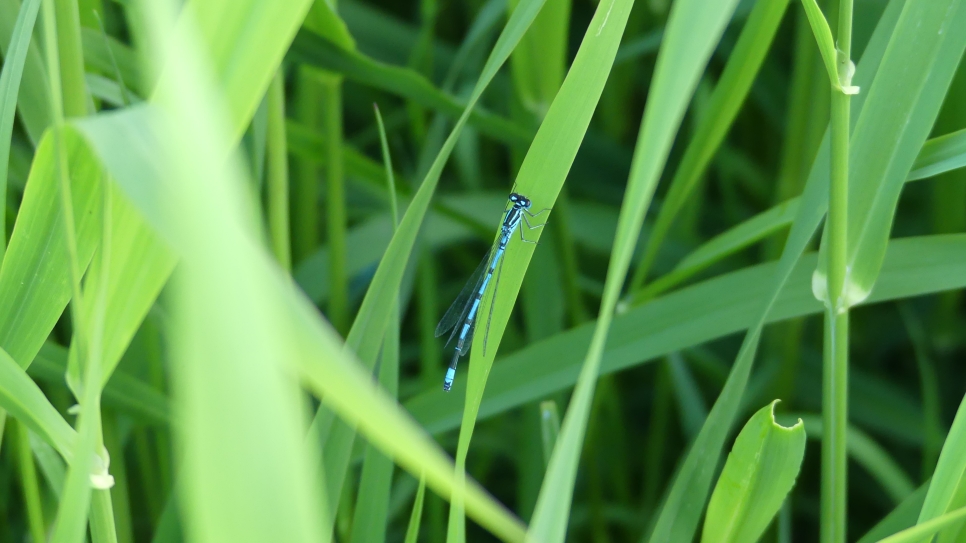Put a ring on it
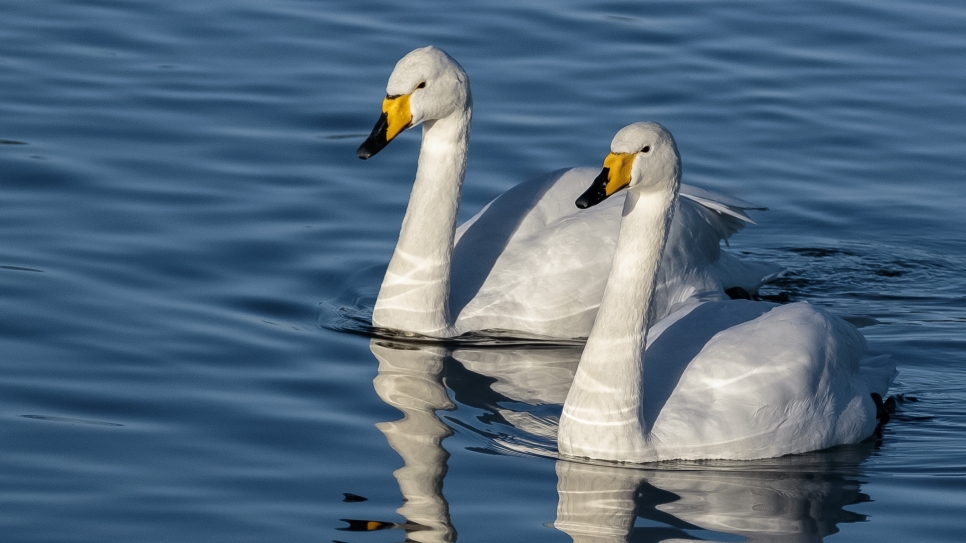
It is uncommon for us to be finding new swan rings at this time of year. Normally by this time, we stop seeing birds with rings that haven’t visited the reserve yet this season. But at the end of January, ZJA was spotted. The ring was old and weathered-looking which suggested it was on an older swan. When we sent the data off to the research team we asked if they could pass on her details to us.
Annabel (the name given to ZJA) was ringed in the 2012-13 season on February 14th (a very different kind of Valentine’s Day ring!). She was an adult and came with a mate (ZHA) but no cygnets. Although we can’t be sure, because whooper swans typically breed in their fourth year, we can infer that she was two or three when she was ringed, making her at least 13 now but maybe older! The pair returned with no cygnets in the 2013-14 and 2014-15 seasons and then ZHA sadly died. For the next few years, Annabel returned alone until 2017-18, when we didn’t record her at all – perhaps she was in the local area or elsewhere. In 2018-19, she returned with a new mate (unringed) and two cygnets. The following season, she was recorded off-site but didn’t visit Caerlaverock that winter, again with the same mate. Since then, we haven’t recorded her at all, until this year, where she’s back with an unringed partner and two cygnets.
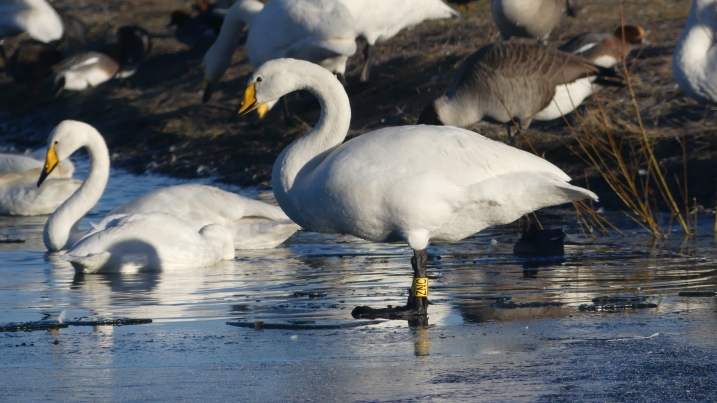
whooper swan with ring ZNC - we couldn't get a photo of ZJA! by Marianne Nicholson
Her absence is interesting because if you look at the textbooks, whooper swans are supposedly incredibly site loyal but we have records going back decades that do suggest this is a common occurrence: a bird will be somewhere regularly and then for a few years go off and won’t be recorded then will come back again.
Knowing a swan’s story like this is quite enchanting but it is also important from a conservation perspective. With this kind of data about swan movements, we are able to track when these birds are starting their migration, whether they use certain sites as stopovers or if they overwinter there, if their site fidelity is changing and more. As the planet warms, it is highly likely that these kinds of migrations will change and we are already seeing more whooper swans staying in Iceland over the winter. The question is: will there reach a point where none of them come back to Caerlaverock?
Words by Jake Goodwin and Marianne Nicholson
Feature image of whooper swan pair by Alex Hillier
